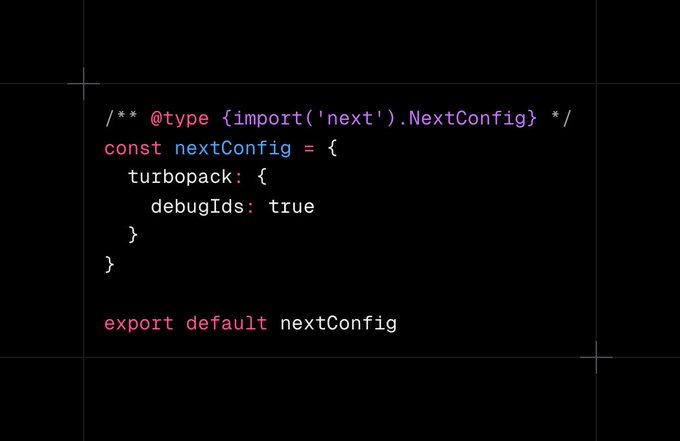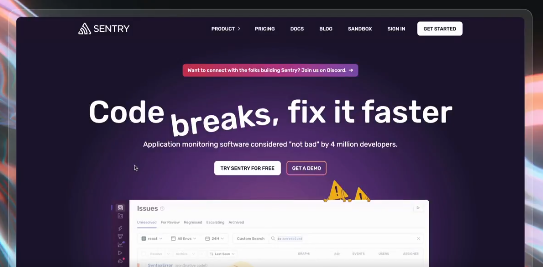Community & Events
Apparently, you’re not the only application monitoring enthusiast. There are at least six.


Community's Community
We like having friends in person and across the interweb.
Come hang out or get involved with Sentry events like CTRL+ALT Philly, Hackathons at our place in San Francisco, online workshops and more.
Find a list of events and resources on our Luma page.
Follow us on Luma
Nerdy Talk
A community of people who’ll get your UDP joke.
Ask questions, find answers, and connect with other people who get weirdly excited about application monitoring.
- Collect feedback on projects
- Discover hidden Sentry features
- Commiserate over the world’s broken software
- Bond over the apps and integrations you love (and even better, the ones you hate)

Sentry on YouTube
Is video your thing?
We make really cool stuff. Check out our video shorts, BreakPoint series, product launch videos, and more.
Subscribe on YouTubeApplication Monitoring Worth @Mentioning
People like us on Twitter. For the most part.
Next.js and Turbopack now support the TC39 Debug ID proposal. This was the last blocker for native http://Sentry.io support when using `next build --turbopack`. Sentry Next.js SDK update coming soon.

Tim
@timneutkens
UNTIL CODE QUALITY IMPROVES THE BONKINGS WILL CONTINUE Get alerts whenever errors happen in production. (But maybe also set up routing and thresholds so the right people get them.) Check out https://docs.sentry.io/product/alerts/ @sentry

Jason Lengstorf
@jlengstorf
Insanely smart effects by our favorite bug-reporting tool 🤯 ...and one of the best SaaS landing pages I've seen lately.

Jim Raptis
@d__raptis
I'm excited to try @sentry's new logger! I am consistently disappointed with log managers from other companies.
Danny Nemer
@DannyNemer
In Claude 1 training, we struggled with debugging issues across 1000s of servers, so we tried @sentry. Better vis let us fix bugs that would've stumped us, and now it helps us keep our systems running smooth, protecting runs for models like Sonnet.

Nova DasSarma (p̄/deacc)
@dropbella
.@Tan_Stack Router / Start now has an official @sentry integration!
Tanner Linsley
@tannerlinsley